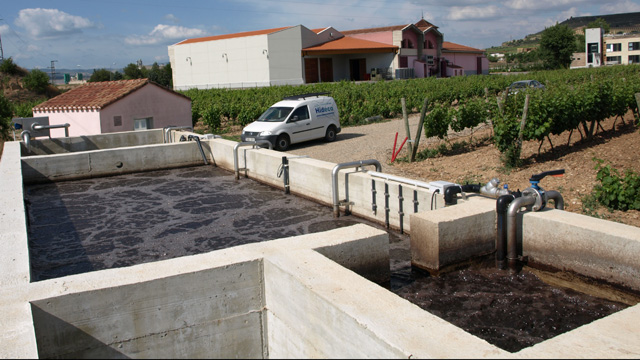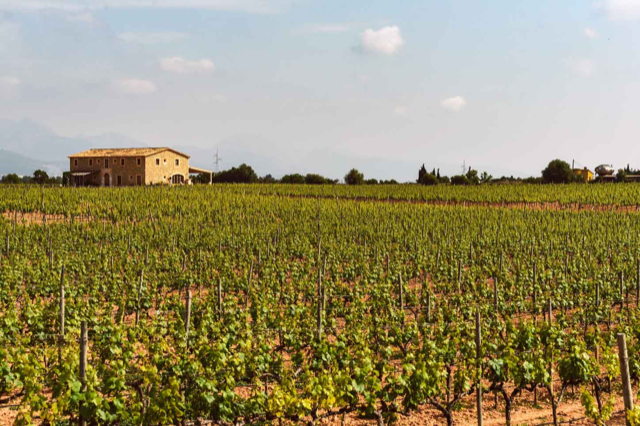The effluents generated in this type of industry contain a high contaminant burden, thus meaning that they cannot be discharged without appropriate prior treatment.
Wine production also generates waste and a high volume of wastewater. Wine industry wastewater is mainly produced when cleaning the equipment and machinery that comes into contact with the raw materials or with the products used in the different processes (tanks, presses, reception hoppers, destemmers, pumps, tubing, filters, etc.), washing the fermentation tanks, barrels and bottles and the accidental spillages that occur during the numerous transfers performed as part of the wine-making process.
The management of winery wastewater is important to both business and environmental performance aspects of the wine industry, impacting on the sustainability of the facility. An appropriate approach to wastewater will potentially involve cleaner production, and re-use of properly treated effluent. Suitable wastewater treatment (i.e., treating winery wastewater to the standard required for discharge or recycling) will improve water use efficiency and reduce the risk of environmental impact. Water cycle management at wineries should be close to the heart of all good vignerons, although many wineries struggle with managing water usage and dealing with wastewater that can be quite difficult to treat.
SPECIFIC TO WINE
Biochemical Oxygen Demand (BOD)
BOD is the amount of oxygen required by aerobic organisms to carry out oxidative metabolism in water containing organic matter. As winery effluent can contain high levels of organic acids, sugars and alcohols from grapes and wine, they can have a high requirement for oxygen for biological decay, resulting in high BOD values. If water with high BOD values is used for irrigation, it can deplete the soil and soil micro-organisms of oxygen, reducing their capability to break down organic matter.
Electrical Conductivity (EC)
This is a measure of salinity in wastewater. High EC levels in effluent, if intended to be used for irrigation, can have a detrimental effect on plant growth by increasing the osmotic pressure in the soil, decreasing water availability to the plant.
sdpH
Winery wastewater can be quite acidic, so it should be monitored to ensure it is within a certain range to limit corrosion and fouling of pumping and irrigation systems. Prolonged use of acidic water for irrigation can affect the pH balance of the soil, requiring application of lime-based fertiliser.
Total Kjeldahl Nitrogen (TKN) & Phosphorous
If effluent is recycled, the nitrogen and phosphorous it contains can be utilised by plants. The concentration of these nutrients is important, as they can be toxic to plants in high amounts. Their relative concentrations should also be considered, as the balance of these nutrients in wastewater can affect the efficiency of biological treatment operations.
Total Dissolved Solids (TDS)
TDS is the concentration of dissolved anions and cations in the effluent. High levels can affect water uptake by crops as well as the nutrient balance in soils.
Total Suspended Solids (TSS)
High levels of solid organic matter present as suspended solids in effluent can make treatment operations more difficult and cause potential odor problems.


